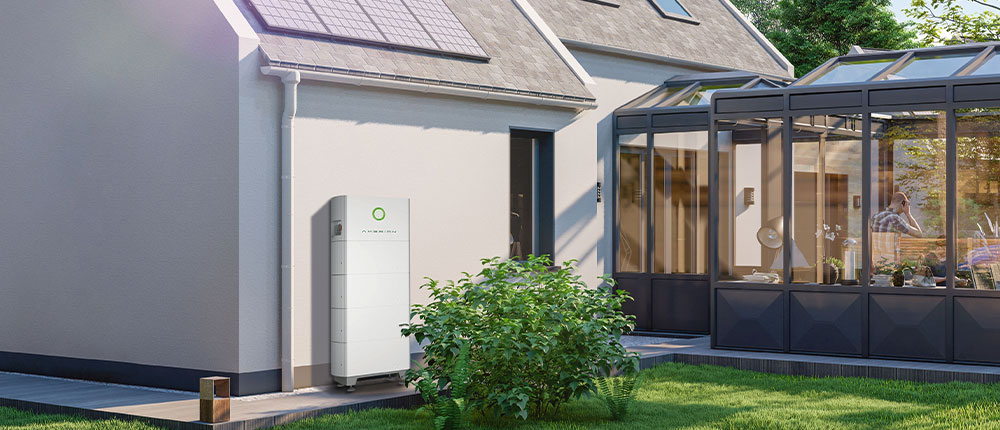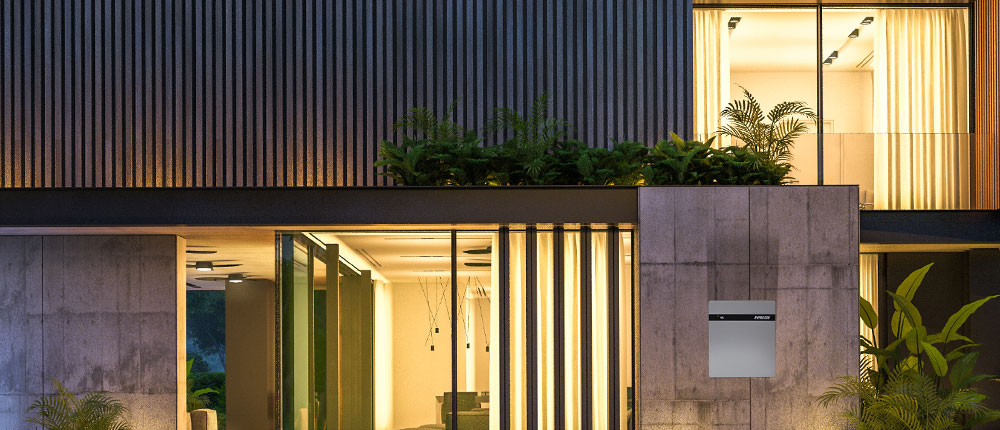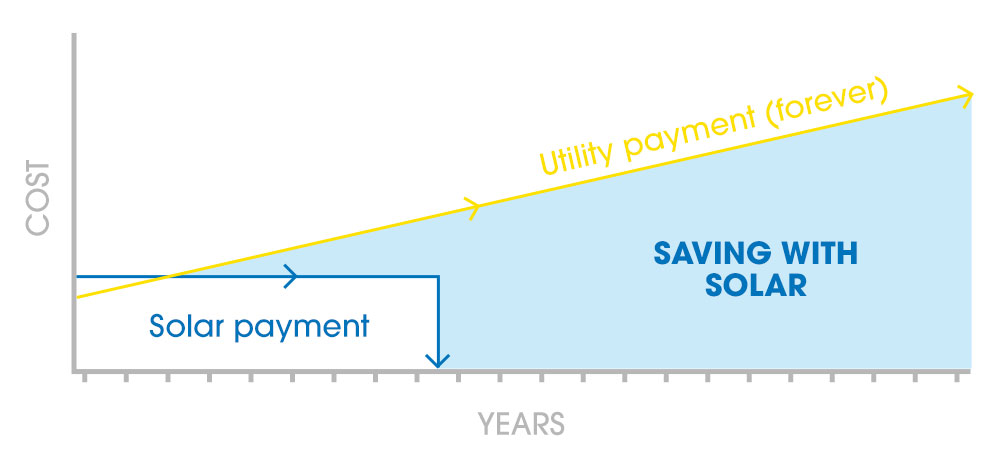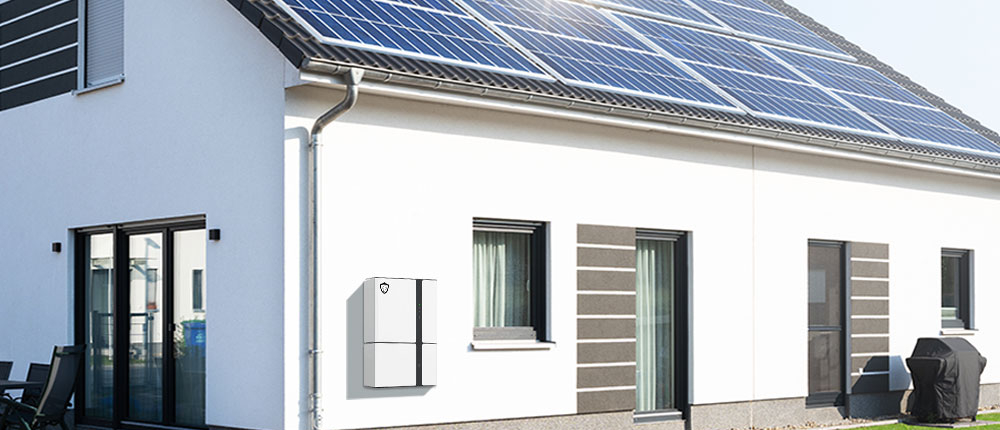With the global shift to renewable energy sources, more homes and businesses are opting to add solar batteries to their new or existing solar PV system, and the Ambrion Raybox is a standout. Offering efficient energy storage, the Ambrion Raybox stores excess solar power for later use and ensures reliable backup during outages, keeping you powered when it matters most.
About AMBRION
AMBRION leads the way in renewable energy innovation, providing a diverse range of products, including solar batteries and EV chargers. Committed to minimising reliance on fossil fuels and encouraging eco-friendly living, their mission is evident in every product they create—particularly the cutting-edge Raybox HS2.
If you’d like to speak to one of our experts about getting started with solar batteries, click the button below to arrange a call-back. If you’ve arrived on this page to understand how to manage and monitor the Ambrion Raybox’s performance and capabilities, keep reading.
By actively monitoring your AMBRION Raybox™ battery, you can monitor your system health, ensuring a longer lifespan and helping you get the most out of your investment.
In the SolarPlant app, a number of terms refer to and explain your energy data. These include terms such as PV, Load, and SOC.
We’ve helped break down some of these key terms below:
Photovoltaic Power (Solar)
This is a measurement of the energy produced by your rooftop solar system. You use this energy to power your home and charge your batteries. This will vary depending on the time of year and the weather conditions.
Export Power
In the same way that you buy energy from the grid, you can also sell energy to the grid, for which your energy retailer will pay you a small credit. Once your battery is fully charged, excess energy can be exported back to the grid.
SOC (Battery State of Charge)
This shows how much charge is currently stored in your battery, expressed as a percentage. For example, 100% means your battery is fully charged, while 30% means it’s almost empty. A small amount of power is reserved (usually around 15%) to maintain long-term battery health.

Load Power
This is the energy you consume in the home at any given time. It can be provided by your solar panels, your battery, the grid, or a combination of these. Load will vary throughout the day, for example, when you run your kettle or use your air conditioner.
Import Power
This shows the amount of energy you purchased from the grid and will usually follow a similar pattern to your load value. Once your battery is empty, any energy that you consume will be purchased from the grid at the rate set by your energy retailer. This may vary depending on the time of day if you are on a Time of Use tariff. If you are unsure about your energy tariff or your current energy plan, please refer to your electricity bill.
Battery Charge/Discharge
The charge/discharge data provides insights into how your battery operates throughout the day. It shows the rate at which the battery stores energy when there’s excess solar power available. Similarly, it displays how the battery discharges its stored energy to support your home’s usage during times of demand. This feature helps you understand and optimise your energy consumption effectively.
Self-Consumption
Self-consumption refers to how much of your home’s energy needs are covered by solar panels and battery discharge. The app calculates an overall percentage that measures how effectively your system covers your energy usage. This percentage serves as a valuable indicator of your daily progress toward becoming self-sustainable with your energy needs. The higher the self-consumption figure is, the more independent you are from the grid!
Figure 1: Home page: This page shows a real-time power diagram. The images depict the direction of energy being used to power the home, charge the battery, or import from the grid.
Figure 2/3: Power Analysis Graph: This graph depicts a statistical diagram in adjustable intervals. You can view the graph as either a day of the month, month of the year, or year since installation. Using this graph can help you gain a greater overview of the total energy data in a specified period of time, which can be helpful when you want a comprehensive overview of your historical energy data.
Figure 4: Energy Analysis: This handy tool helps you understand how self-sufficient you are with your energy. You can easily check your energy performance over different time frames – daily, weekly, monthly, or yearly -and see your total since installation. This way, you can spot trends, see how your energy use changes over time, and make smart decisions to improve efficiency. By adjusting the time settings, you’ll get a clearer picture of your energy habits and find ways to optimise your usage for a more sustainable future.
Now that you know all the key terms, you can view and interpret the data in the SolarPlant app. This data can be displayed on the home page as a real-time diagram, or you can view historical information through the Statistical Diagram. This can help you understand your battery’s performance over time and your expected savings.
This information is captured through metering equipment we have installed at the back of your switchboard. We do our best to ensure that the data provided is as accurate as possible; however, depending on the layout of your property, this may not always be feasible.
If you have concerns about your data, please contact our Product Support team at (03) 7037 0191 to discuss.
What do the Lights Mean on the Inverter
A circular light is on the face of the AMBRION Raybox™ inverter. Within this circular display, there are several icons that mean different things.
How to Connect the Ambrion Raybox to Wi-Fi
You can complete a Wi-Fi configuration using the steps listed below.
These steps should be completed while located within one metre of the system location. Once you’ve started, it is helpful to remain within the vicinity of the battery while this process is being completed. For this reason, you should have a copy of your Wi-Fi password on hand while completing these steps.
- Open the SolarPlant app
- Select My (bottom right-hand corner of the home page).
- A page will open, and select “Remote Configuration“.
- A page will open; select “Bluetooth” (if prompted to turn on Bluetooth, turn this ON).
- Return to the SolarPlant app if Bluetooth needs to be turned on.
- Select the “Bluelink” option.
- Select “Connect to Wi-Fi“.
- A page will open with all the available Wi-Fi networks in the area; select the home Wi-Fi network.
- You will be prompted to input your password
- Once the password has been input, press ‘Submit‘.
- Once submitted, select the communication module options. If the connection was successful, then this can be measured by the Wi-Fi link status appearing as ‘UP’.
- Should the link status appear as ‘DOWN’ then these steps will be required to be completed again.

How to Reset Ambrion Raybox Solar Batteries
Turning off the System
- Press and hold the green On/Off button located on the right-hand side.
- Turn the battery DC switch off. This is located on the left-hand side of the system and will be inside a clear box.
- Switch off the AC isolator, located on the left or right-hand side of the battery. This will be located within 1 metre of your battery on the wall.
- Head to your switchboard and turn off the Orange/Grey switch labelled Main Switch Energy Storage.
- Wait 10-15 seconds for the system to shut down.
Turning on the System
- Switch on the Orange/ Grey Main Switch Energy Storage in the switchboard.
- Switch on the AC isolator, located within 1 metre of the battery on the wall.
- Switch on the Battery DC circuit breaker located on the left-hand side of the battery.
- Press and hold the green on/off button located on the right-hand side for 3 seconds.
Why aren’t the Ambrion Raybox Solar Batteries Turned on as Soon as They’re Installed?
In Victoria, once your solar battery system has been installed, it is thoroughly inspected to ensure it is installed safely and meets regulations. This is done to maintain high standards in the industry and also helps provide peace of mind to homeowners like yourself.
In the weeks after your battery is installed, an independent inspector will attend your property to conduct this inspection process.
They will turn your battery on once they are satisfied that your system meets these regulations.
*Please note this process is specific to Victorian customers.
The Ambrion Raybox Solar Battery is more than just a storage solution—it’s a step toward energy independence and sustainability. With its advanced features, intuitive monitoring capabilities, and seamless integration into your solar system, the Raybox ensures you make the most of your renewable energy.
Whether you’re looking to optimise self-consumption, reduce grid reliance, or gain peace of mind during outages, the Ambrion Raybox has you covered.
Ready to take control of your energy? Contact us today to explore how the Ambrion Raybox can transform your home’s energy future.
























